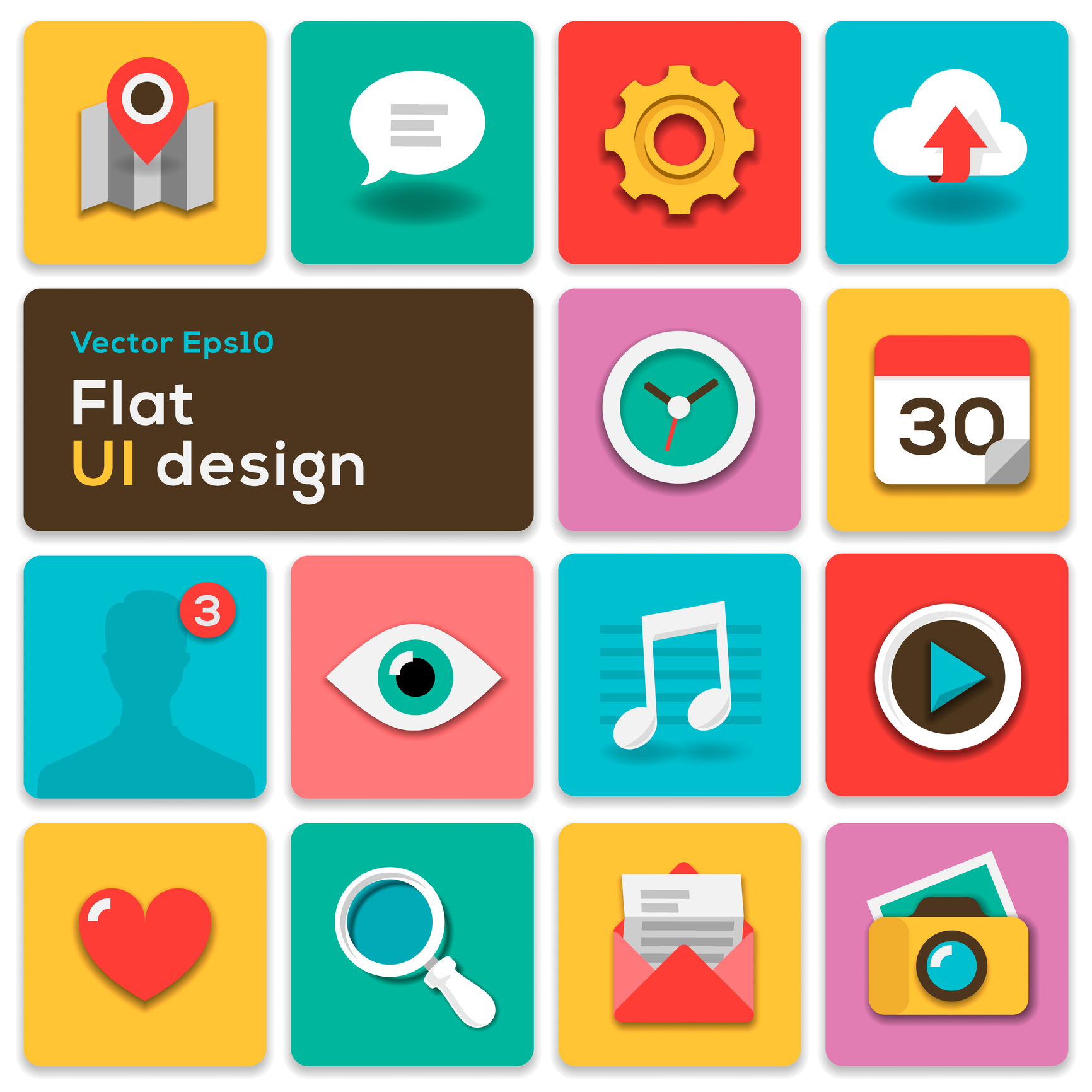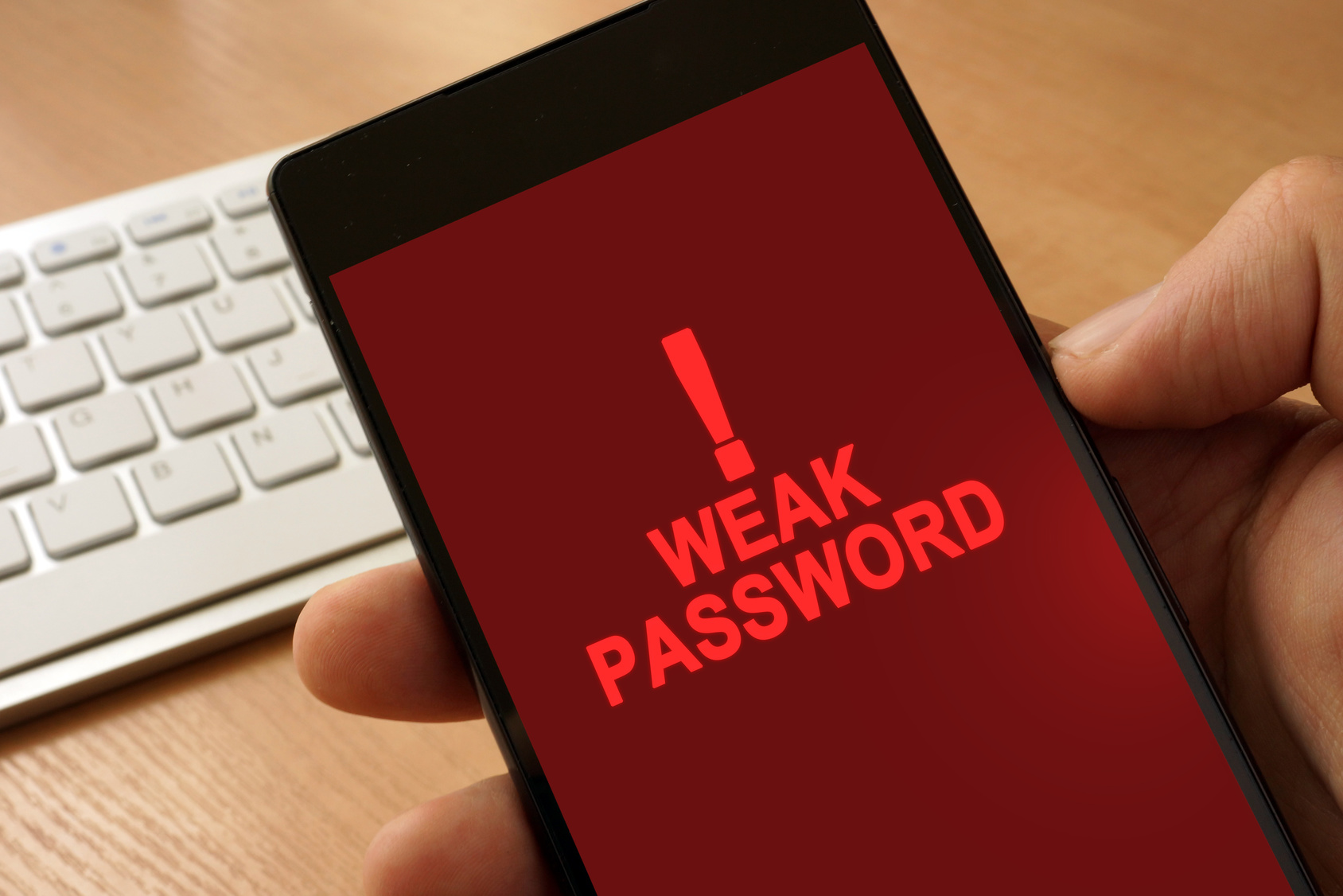Internet users are no longer willing to wait for websites to work properly. They want fast speeds, seamless functionality, and user-friendly website interfaces. That’s why your UI design must be up-to-date.
Speed gives websites a competitive advantage over slower ones. Visitors stay longer on faster sites. This opens up the chance for a sales conversion.
How can you take advantage of this knowledge to create a fast UI design? Read on to learn more.
Creating a UI Design for Speed
Whether it is a mobile or desktop UI design, people will avoid your site if it is loading slowly or experiencing constant downtimes. There are ways around these problems.
Here are a few tips to help you with the first problem:
Simplicity is key
Web designers try to be unique by using complicated codes, languages, symbols, and interactions. Yet, the key is simplicity.
Use simple language on labels. Avoid adding any unnecessary design elements. Ensure that every button has the right size and does its stated purpose.
Select symbols that most users can understand. For example, everyone knows the shopping cart symbol and the trash can symbol. Don’t complicate this with fancy symbols.
Having a simple interface will speed up the website. Remember to structure your page layout in a purposeful way. It makes it easier to read and access relevant pages.
Compress Everything
Some things on the website make it load slowly. These include the high-resolution display, files, quality images, and bloated codes. The best solution is to minimize and compress everything.
If you check online, you will find tools such as Minify Your CSS and WP Smush. They will minimize codes and compress large files. Other tools can shrink images or convert them into a different smaller-sized format.
You can ask your web host to use a GZIP compression to reduce the file sizes on the site. This method compresses everything on their servers and speeds up your website.
Optimize and Resize your Images
Google has an online tool for checking if your images are affecting your website’s speed. Images take up a lot of bandwidth. It distorts the site page if they take long to load.
To fix this, scale the images to your preferred size before uploading them to the website. Otherwise, the page will keep loading until the full image appears. Compressing images is another way to speed up the website.
Don’t make the mistake of expecting the HTML to resize the image for you. The scaled image might not be proportional. Use percentages in the Cascading Style Sheets (CSS) instead of setting dimensions. Otherwise, the image will appear blurry on different platforms.
Enable Caching
Caching is a great way to speed up a website. It stores temporary data on the user’s computer. That means the site can reload content from that data instead of generating a new page.
Learn More about Website Monitoring
Follow the tips above to speed up your site.
Contact us for more information on managing your website.




